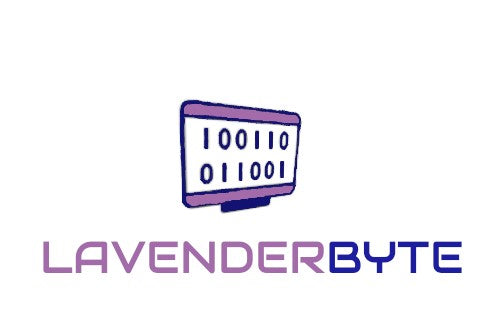| Protocols |
Rules and standards that allow devices to communicate.
-
Common Protocols:
-
HTTP/HTTPS: For accessing websites.
-
TCP/IP: For reliable communication over the internet.
-
FTP: For transferring files.
-
SMTP: For sending emails.
Example:
-
HTTP: Allows web browsers to communicate with web servers to load websites.
URL: http://www.example.com
|
| Topologies |
The layout or arrangement of devices in a network.
-
Common Topologies:
-
Star: All devices connect to a central hub.
-
Pros: Easy to manage, if one device fails, others are unaffected.
-
Cons: If the hub fails, the entire network goes down.
-
Bus: All devices share a single communication line.
-
Pros: Simple and cheap.
-
Cons: If the main line fails, the entire network is affected.
-
Ring: Devices are connected in a circular fashion.
-
Pros: Data travels in one direction, reducing collision.
-
Cons: If one device fails, it can affect the entire network.
Example:
-
Star Topology: Often used in home networks where each device connects to a central router.
|
| Security |
Measures to protect data and resources in a network.
-
Common Security Measures:
-
Firewalls: Monitor and control incoming and outgoing network traffic.
-
Encryption: Scrambles data to protect it from unauthorized access.
-
Antivirus Software: Protects against malware and other malicious threats.
-
Authentication: Verifies the identity of users and devices.
-
Secure Passwords: Strong, unique passwords for different accounts and devices.
Example:
-
Wi-Fi Security:
- Use WPA3 encryption for better protection.
- Set a strong, unique password for your network.
|
